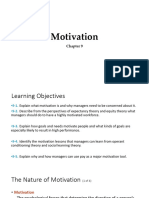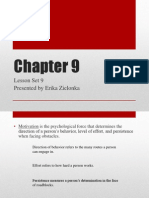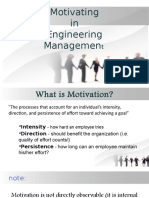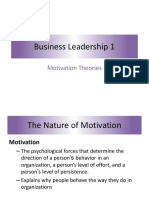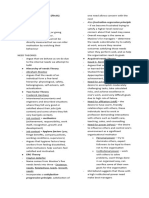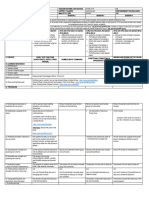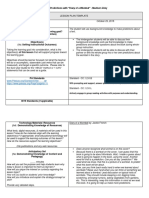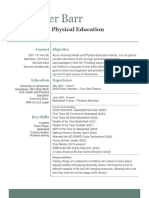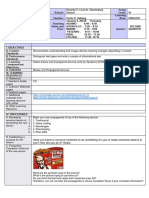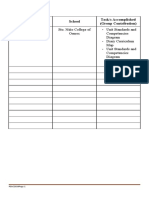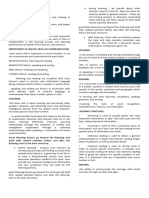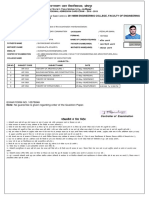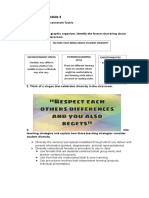0% found this document useful (0 votes)
30 views5 pagesChapter 9
Chapter 9 discusses the nature of motivation in organizations, defining it as psychological forces that influence behavior direction, effort, and persistence. It explores various motivation theories, including Maslow's Hierarchy of Needs, Alderfer's ERG Theory, Herzberg's Motivator-Hygiene Theory, and McClelland's needs for achievement, affiliation, and power, as well as equity theory and operant conditioning tools. The chapter emphasizes the role of pay as a motivator and the importance of aligning compensation with performance to encourage high levels of employee engagement and productivity.
Uploaded by
Furkan GörmezCopyright
© © All Rights Reserved
We take content rights seriously. If you suspect this is your content, claim it here.
Available Formats
Download as PDF, TXT or read online on Scribd
0% found this document useful (0 votes)
30 views5 pagesChapter 9
Chapter 9 discusses the nature of motivation in organizations, defining it as psychological forces that influence behavior direction, effort, and persistence. It explores various motivation theories, including Maslow's Hierarchy of Needs, Alderfer's ERG Theory, Herzberg's Motivator-Hygiene Theory, and McClelland's needs for achievement, affiliation, and power, as well as equity theory and operant conditioning tools. The chapter emphasizes the role of pay as a motivator and the importance of aligning compensation with performance to encourage high levels of employee engagement and productivity.
Uploaded by
Furkan GörmezCopyright
© © All Rights Reserved
We take content rights seriously. If you suspect this is your content, claim it here.
Available Formats
Download as PDF, TXT or read online on Scribd
/ 5

